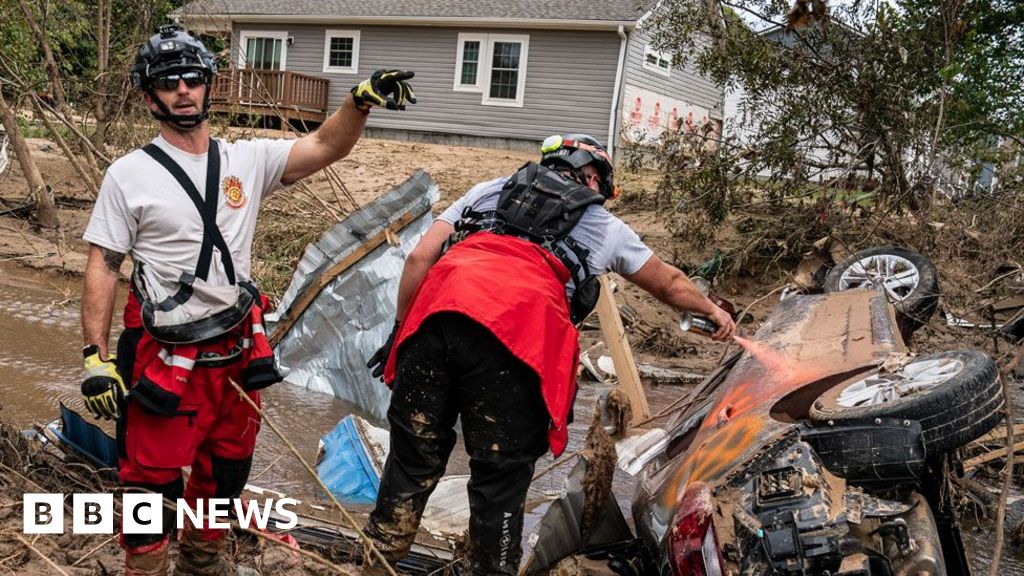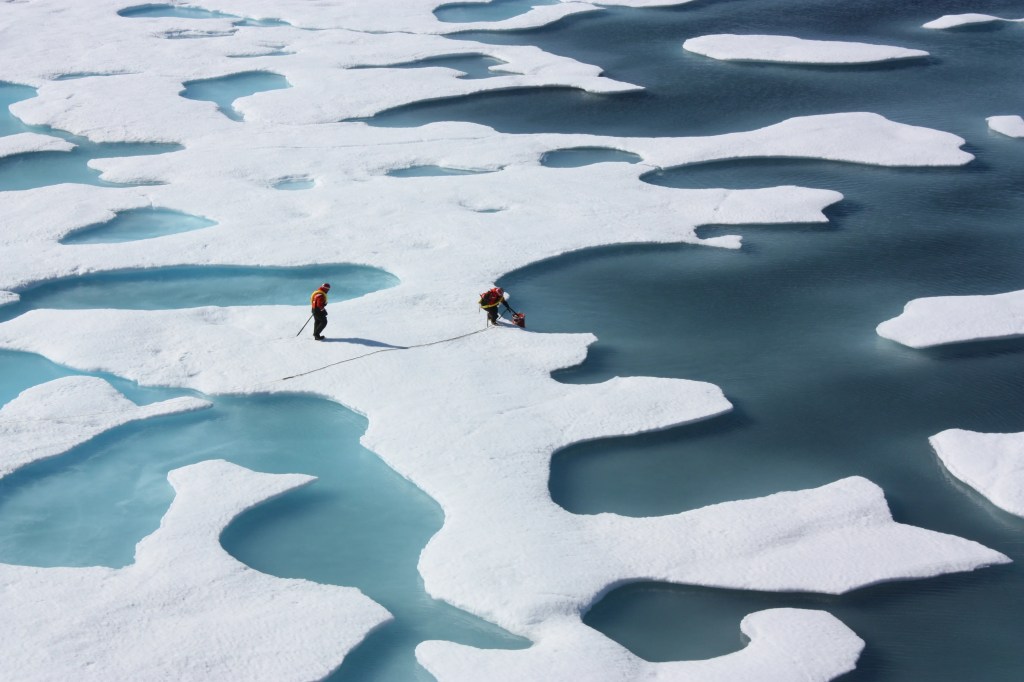We’re in a terrible corner now. That’s what all those pictures of floating cars really means. We don’t have room left to make tradeoffs and deals.
If you want to understand the horror still unfolding in Appalachia, and actually if you want to understand the 21st century, you need to remember one thing: warm air holds more water vapor than cold.
As Hurricane Helene swept in across a superheated Gulf of Mexico, its winds rapidly intensified—that part is really easy to understand, since hurricanes draw their power from the heat in the water. And as Jeff Masters points out:
Helene’s landfall gives the U.S. a record eight Cat 4 or Cat 5 Atlantic hurricane landfalls in the past eight years (2017-2024), seven of them being continental U.S. landfalls. That’s as many Cat 4 and 5 landfalls as occurred in the prior 57 years.
But Helene also picked up ungodly amounts of water—about 7% more water vapor in saturated air for every 1°C of ocean warming. In this case, that meant the mountaintops along the Blue Ridge above Asheville were—according to Doppler radar measurement—hit with nearly 4 feet of rain. That meant that Asheville—listed recently by the national media as a “climate haven” and bulging with those looking for a climate-safe home—is now largely cut off from the world. The interstates in and out of the town were severed for a while over the weekend; the beautiful downtown is drowned in mud. It’s obviously much worse in the outlying towns up in the surrounding hills. People forget how high these mountains are—Mt. Mitchell, near Asheville, is the highest point east of the Mississippi (and, worth noting, the forests on its summit slopes have been badly damaged by acid rain).
I know how this works, because my home state of Vermont is mostly steep mountains and narrow valleys. Once the rain drops, it’s funneled very quickly down the saturated hillsides; placid streams become raging torrents that fill up those bottomlands, covering farm fields with soil; when the water starts to drain, everything is coated with mud. These towns are going to be cut off for a while—our mountain hamlet in Vermont was effectively isolated for a couple of weeks last summer. And these are places where cellphones don’t work in the best of times. Things get pre-modern very fast.
Were it happening just in one place, a compassionate world could figure out how to offer effective relief. But it’s happening in so many places. The same day that Helene slammed into the Gulf, Hurricane John crashed into the Mexican state of Guerrero, dropping nearly 40 inches of rain and causing deadly and devastating floods in many places including Acapulco, which is still a shambles from Hurricane Otis last year. In Nepal this afternoon at least 148 people are deadare dead and many still missing in the Kathmandu Valley. Just this month, as one comprehensive twitter thread documented, we’ve seen massive flooding in Turkey, the Philippines, Saudi Arabia, Spain, Marseilles, Milan, India, Wales, Guatemala, Morocco, Algeria, Vietnam, Croatia, Nigeria, Thailand, Greece, Romania, Poland, the Czech Republic, Austria, with the Danube hitting new heights across Central Europe. It is hard to open social media without seeing cellphone videos from the cars-washing-down-steep-streets genre; everywhere the flows are muddy-brown, and swirling with power.
But all that water has to come from somewhere—the extra vapor in the air implies that in some places water is disappearing skyward, and those stories are at least as dangerous, if not as dramatic in a daily way. (How do we know that drought is on the increase? That’s easy—a new “drought emoji” of a dead tree is about to be approved).
Read the full article HERE on Common Dreams





